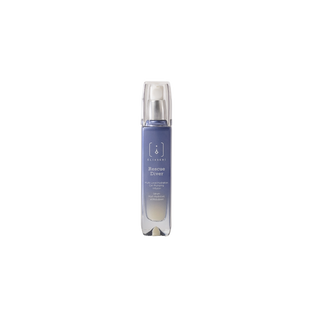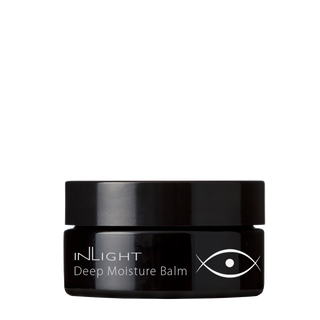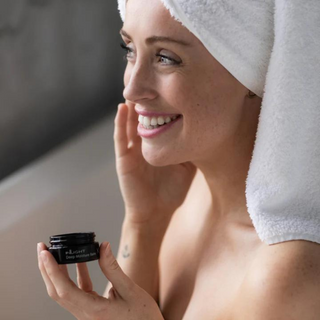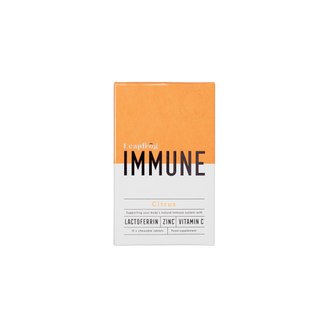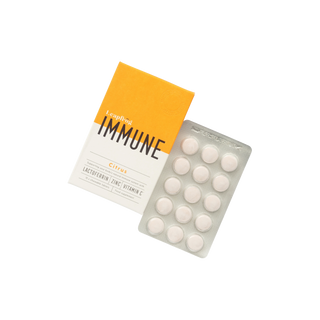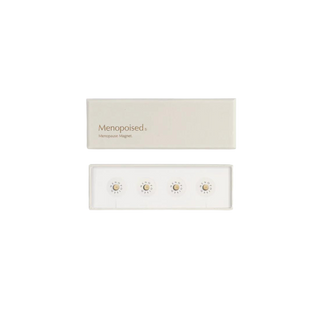Innersense Hair Love Prep Spray
Many conventional products include silicones, resins, plastics and other synthetics that add a slick coating or a slippery feel. These give the illusion of moisture and shine but over time, those are the exact ingredients that build up and create dull, dry, unloved hair. Innersense Organic Beauty formulations on the other hand has ingredients straight from nature, grown organically and sustainably without chemicals. All their products are:
Ethically harvested and sourced from trusted, transparent plantations, orchards and farms from around the world
Formulated through conscious chemistry; cold-pressed, distilled or otherwise processed without synthetics to preserve purity
Formulated free of phthalates, ethoxylates, sulfates, silicones, 1,4 dioxane, parabens, petro compounds, propylene and butylene glycol, PEG, MEA, TEA, MIA, EDTA artificial dyes or synthetic fragrances
High concentrations of key ingredients mean less water
Gluten-free, cruelty-free and non-GMO
A Note On Sulfates From Suzanne
In recent years, a ‘sulfate-free’ label has become increasingly common on every new shampoo and conditioner. The term has become associated with being ‘healthier’ and ‘organic’ even when that is not the case. Sodium lauryl sulfate is a harsh surfactant, found in household cleaning products and even in toothpaste, and it is also a suspected carcinogen. However, not all companies are selling sulfate-free shampoos that are truly free of sulfate compounds or derivatives.
When is a sulfate-free shampoo not sulfate-free?
Chemistry is a defined science. When you change one element of a formula or ingredient, you change the composition, which in turn changes the ingredient. For example, sodium lauryl sulfate becomes sodium lauryl sulfonate, simply by changing an O to an X in the ingredient design. Voila! The product is now sulfate-free – or so they claim. Marketers love these slight variations that allow them to glamourise a healthier point of difference in their products, giving the consumer the impression that the product is safer, healthier and cleaner. This is called ‘greenwashing’ – in reality, these new surfactants are sulfate compounds.
How do I find truly sulfate-free products?
True sulfate-free shampoos are derived from gentler plant extracts, amino acids and seed oils, such as palm or coconut oil, and possess numerous advantages over their chemically manufactured counterparts. Look for products that contain gulcosides, which are Ecocert approved and obtained from renewable, plant-derived raw materials, such as vegetable oils and starch; taurates and fatty acid isethionates, which are derived from the coconut fatty acid and have an excellent cleansing ability; glutamates, which are amino-acid-based surfactants that are hypoallergenic and non-comedogenic; and amino acid sulfosuccinates, surfactants that are especially suitable for delicate skin and baby shampoos due to their super-gentle nature.
What ingredient nasties should I look out for?
Stay away from products that claim to be sulfate-free but contain cocamide DEA, cocamide MEA, PEGs, PEG8, propylene glycol, cocamidopropyl betaine and hydroxysultain
Shop Innersense Now



